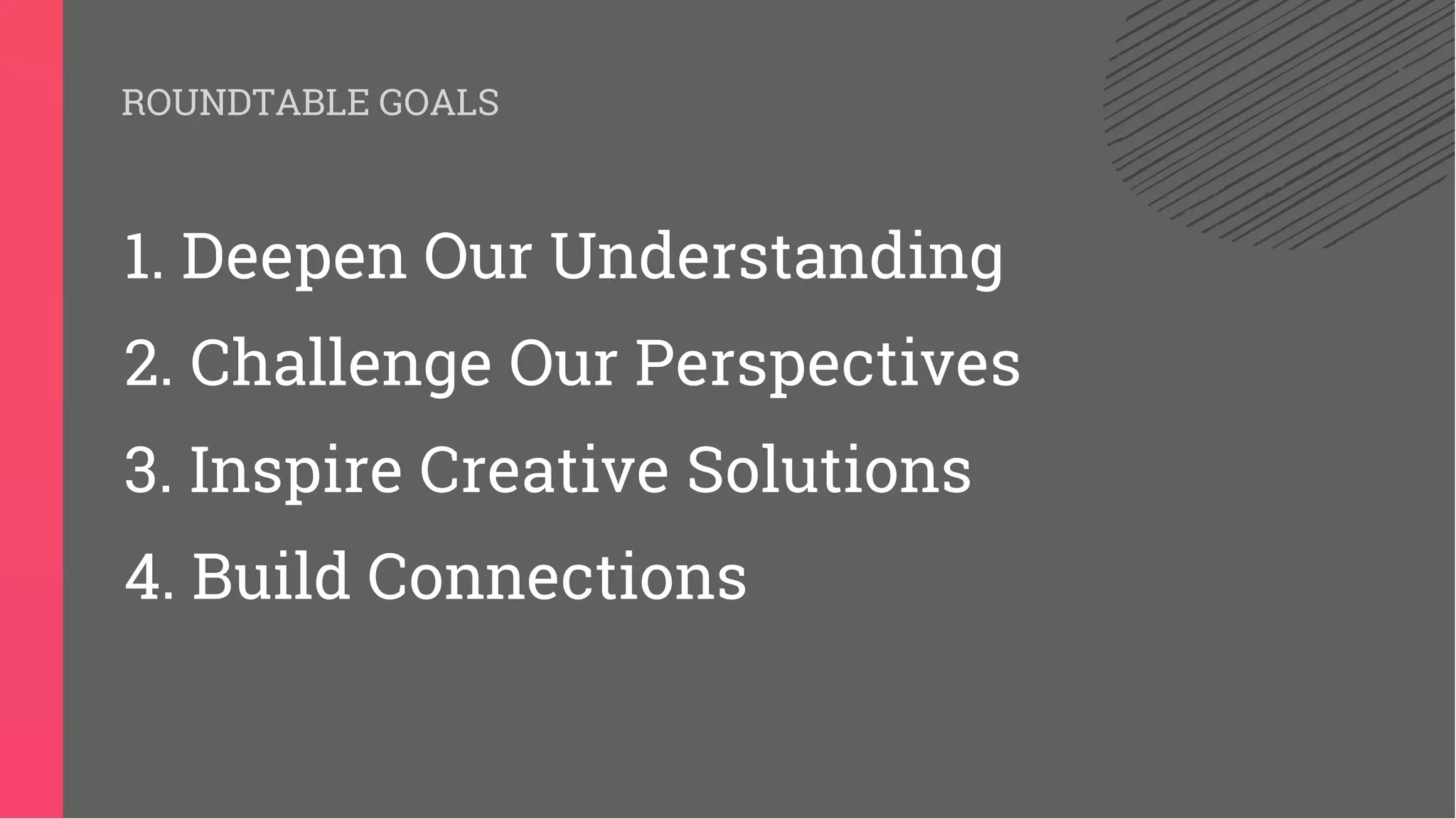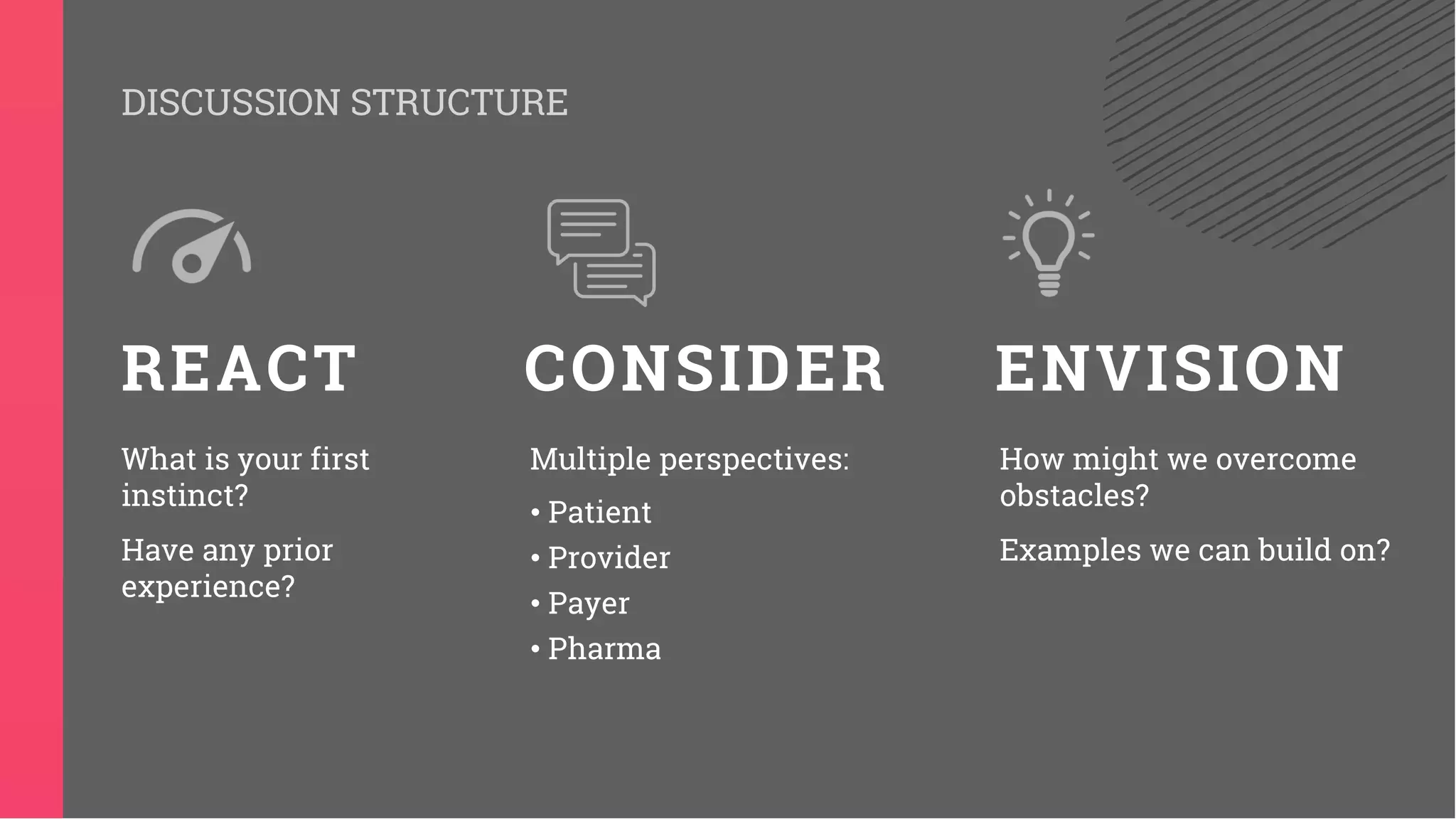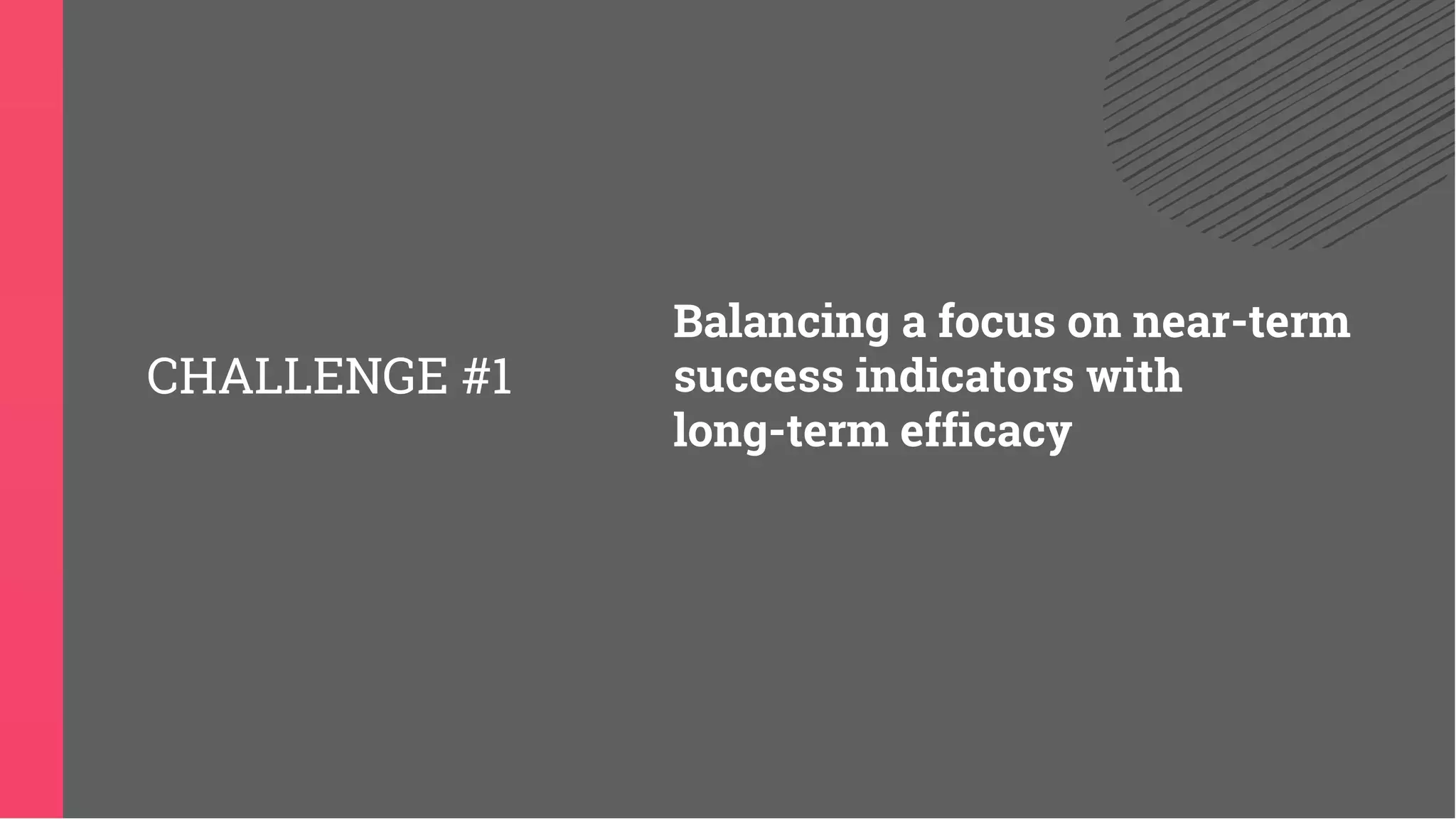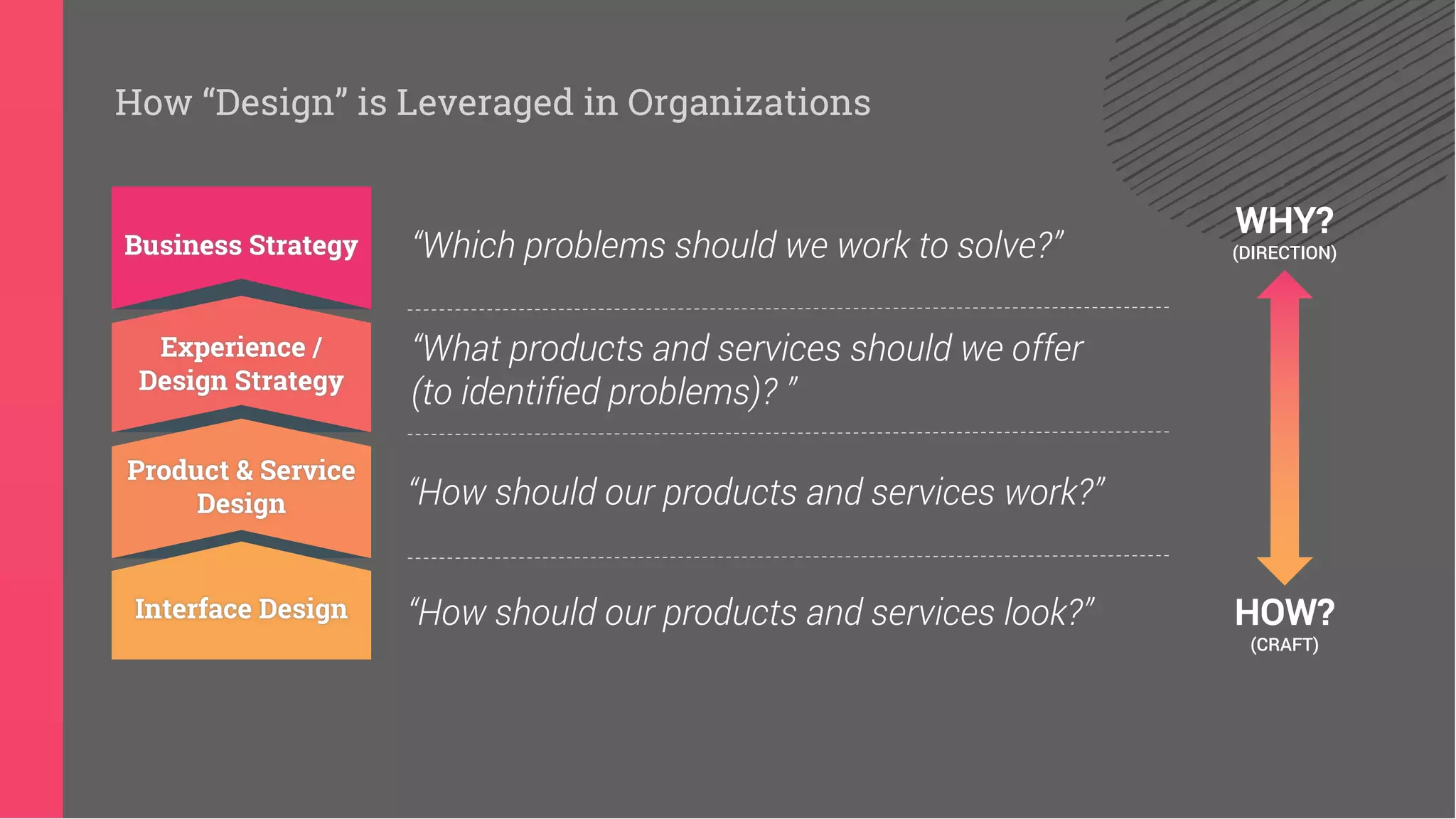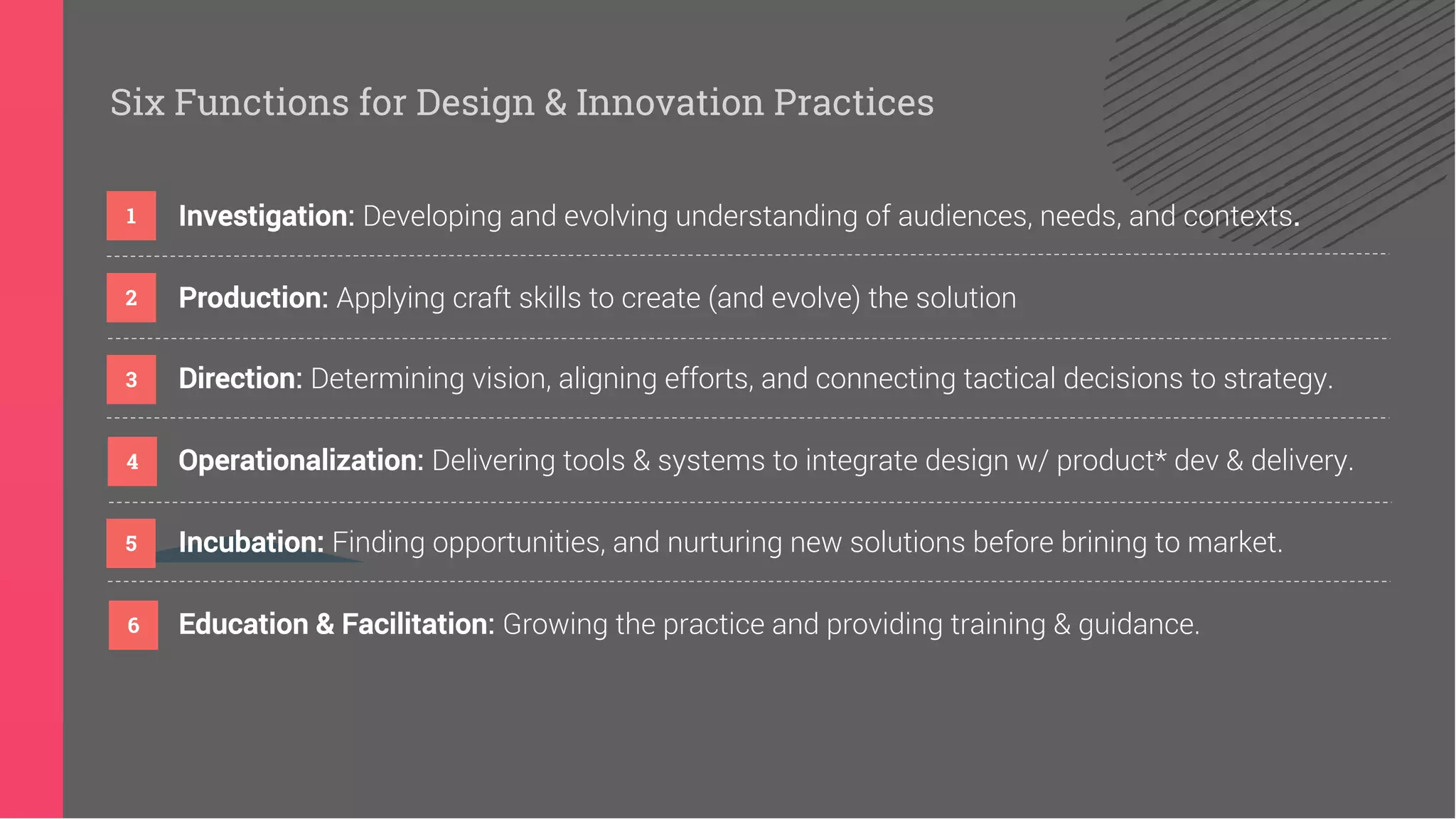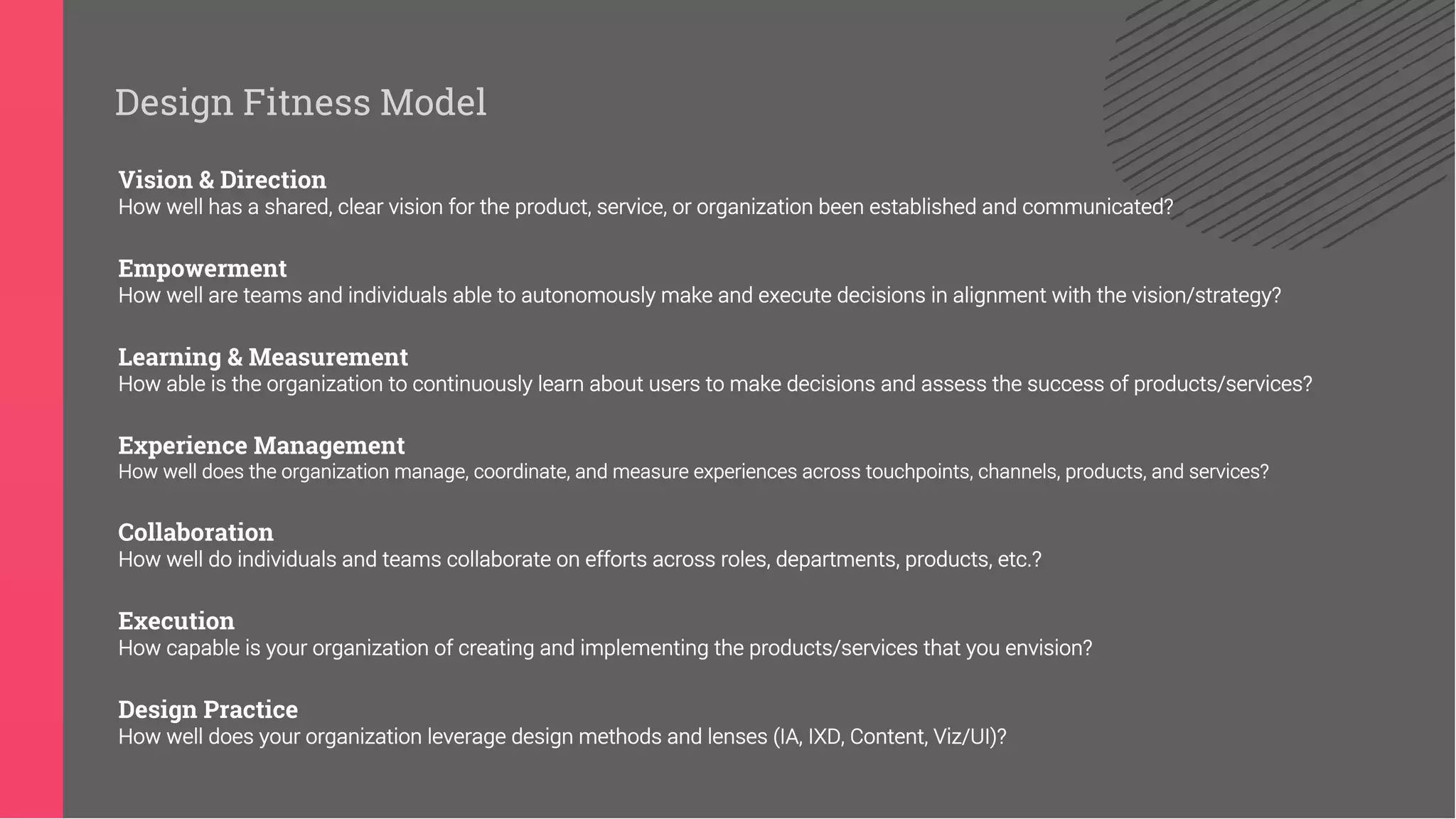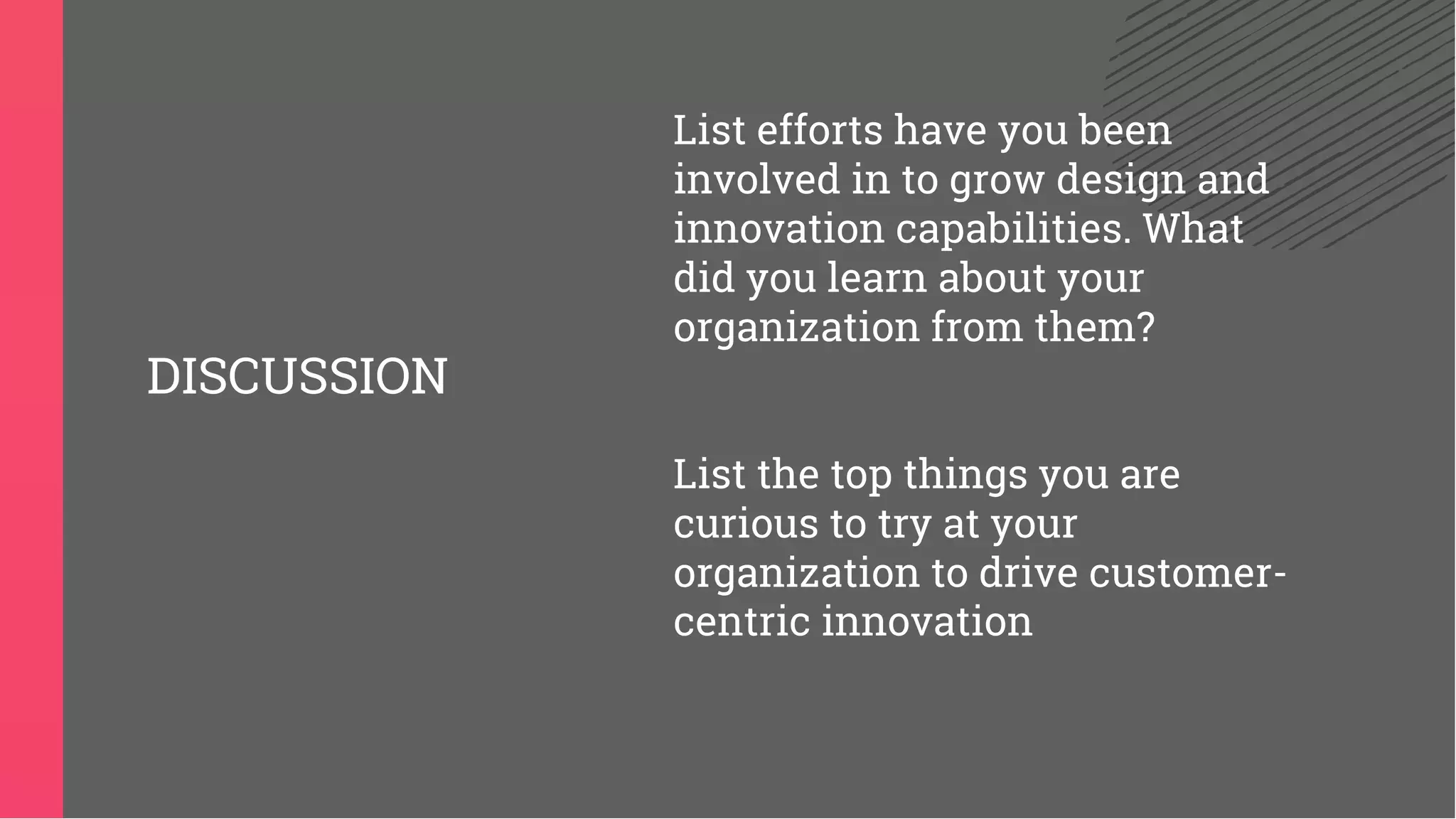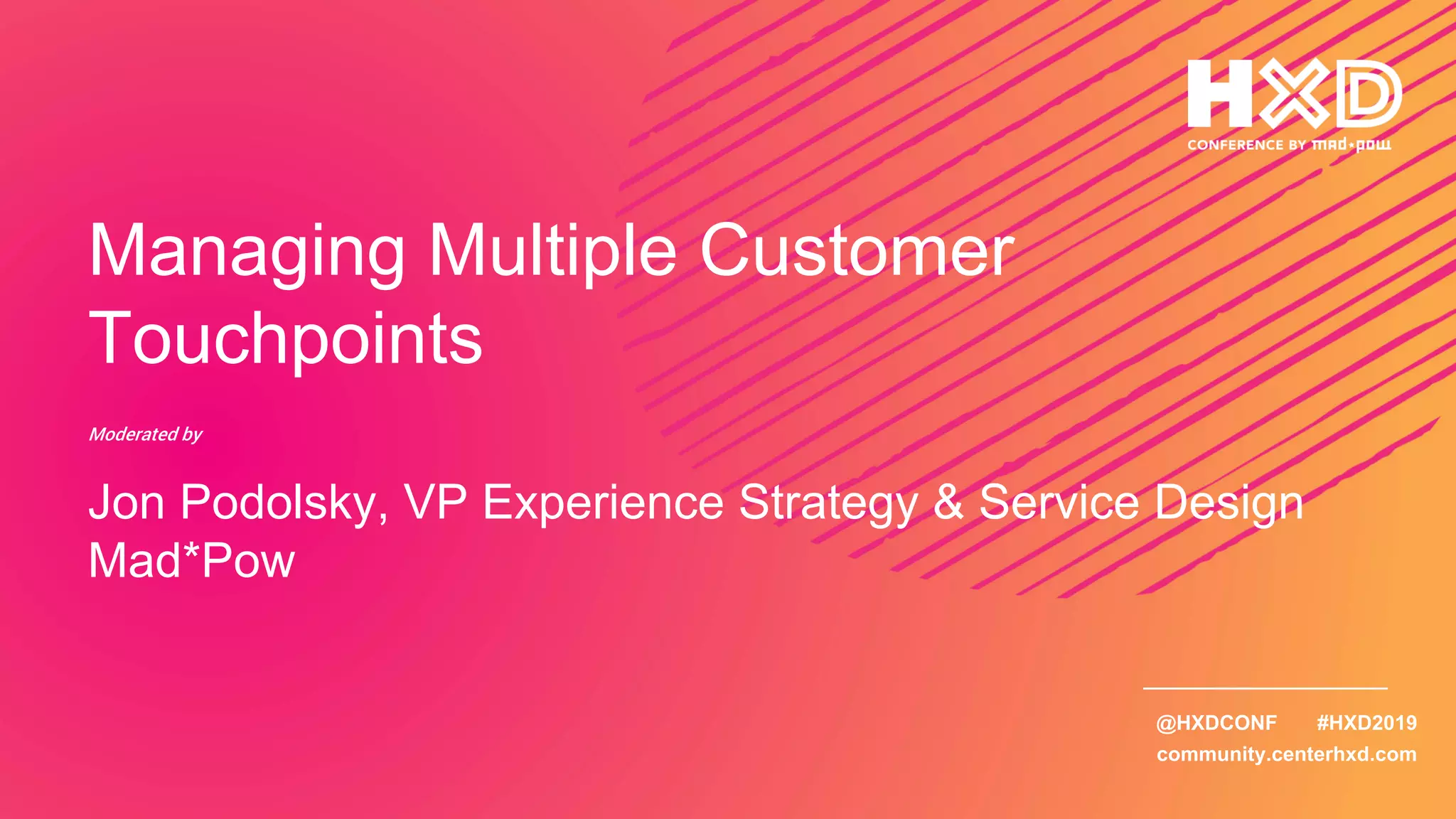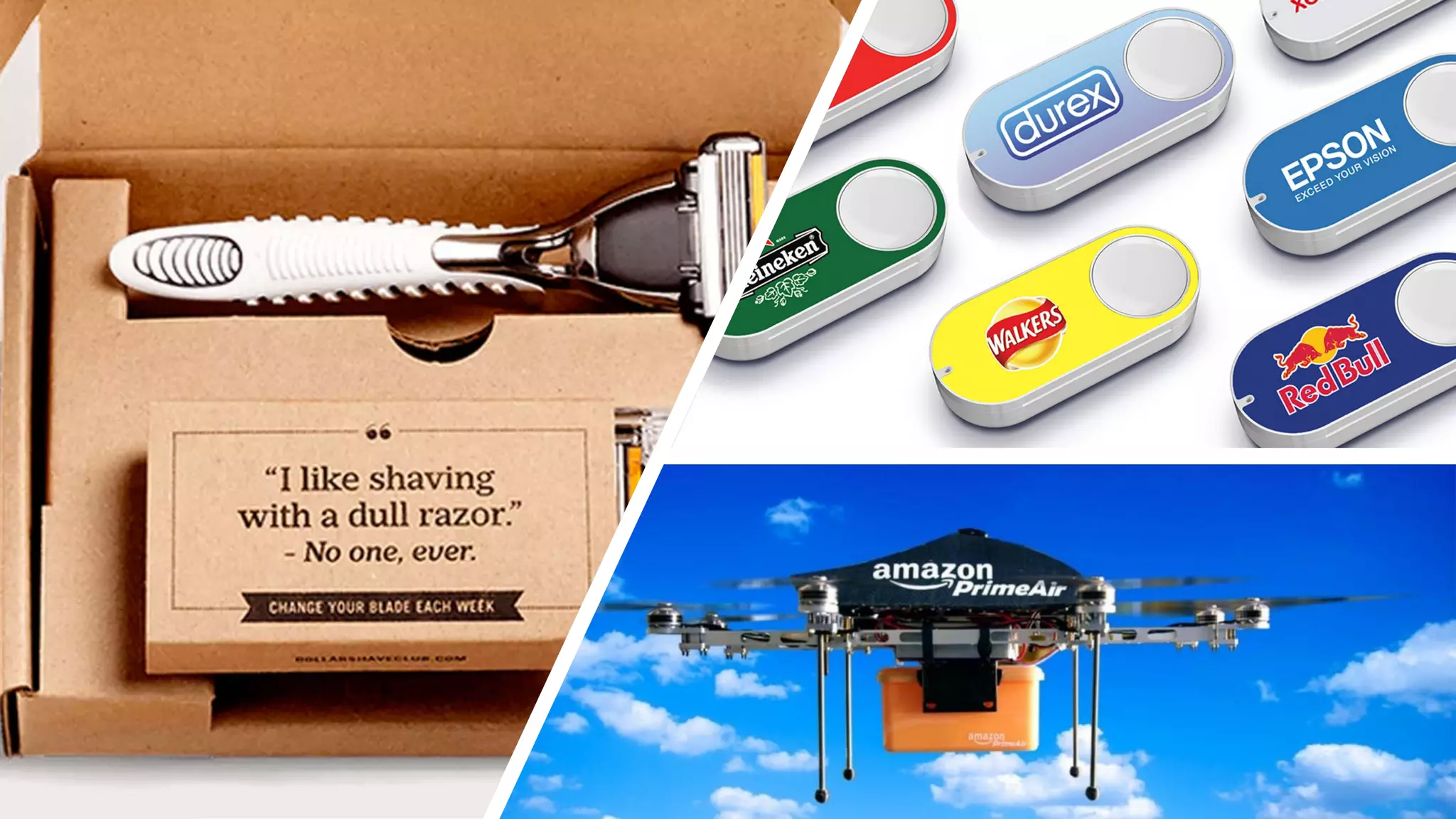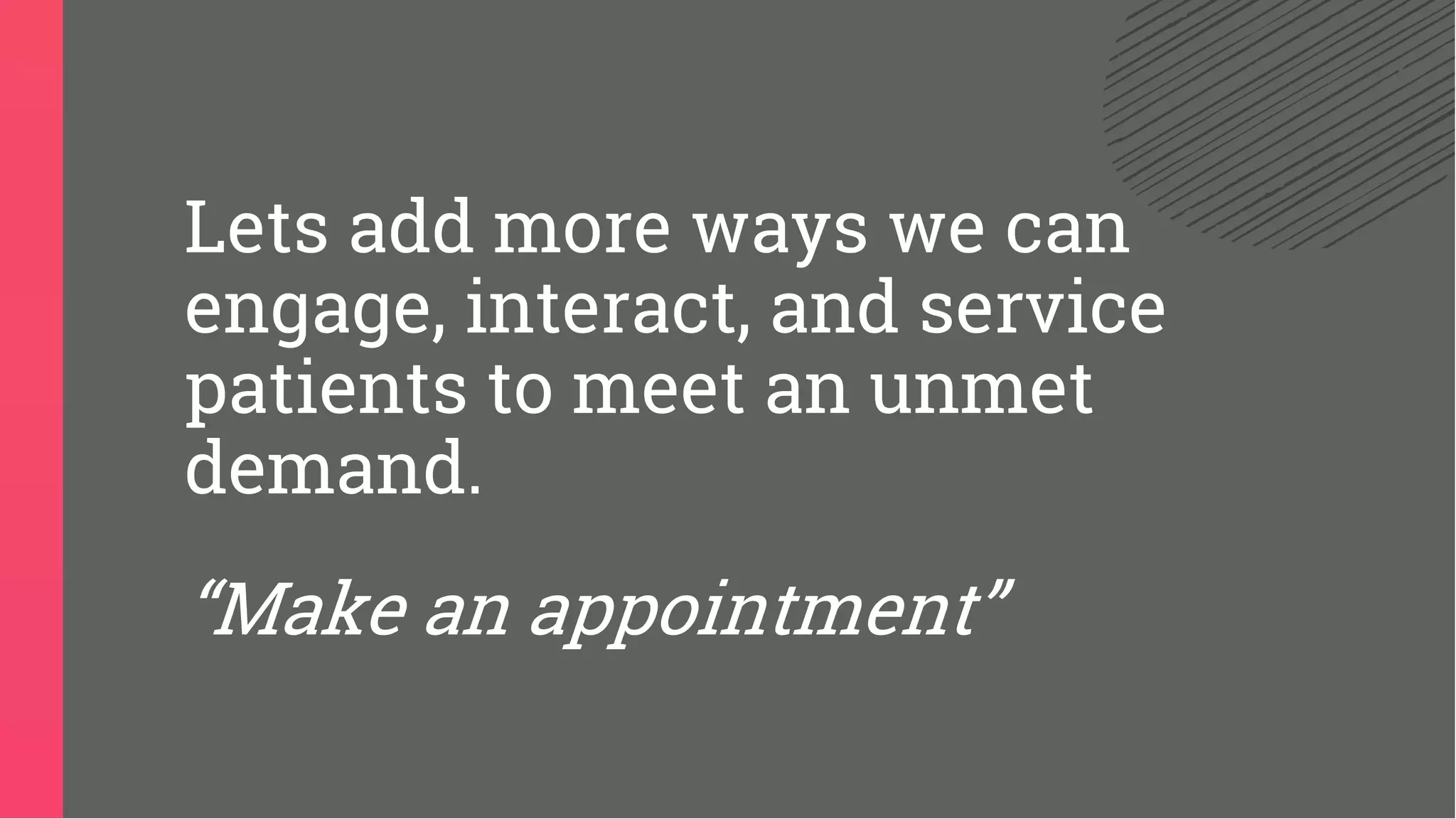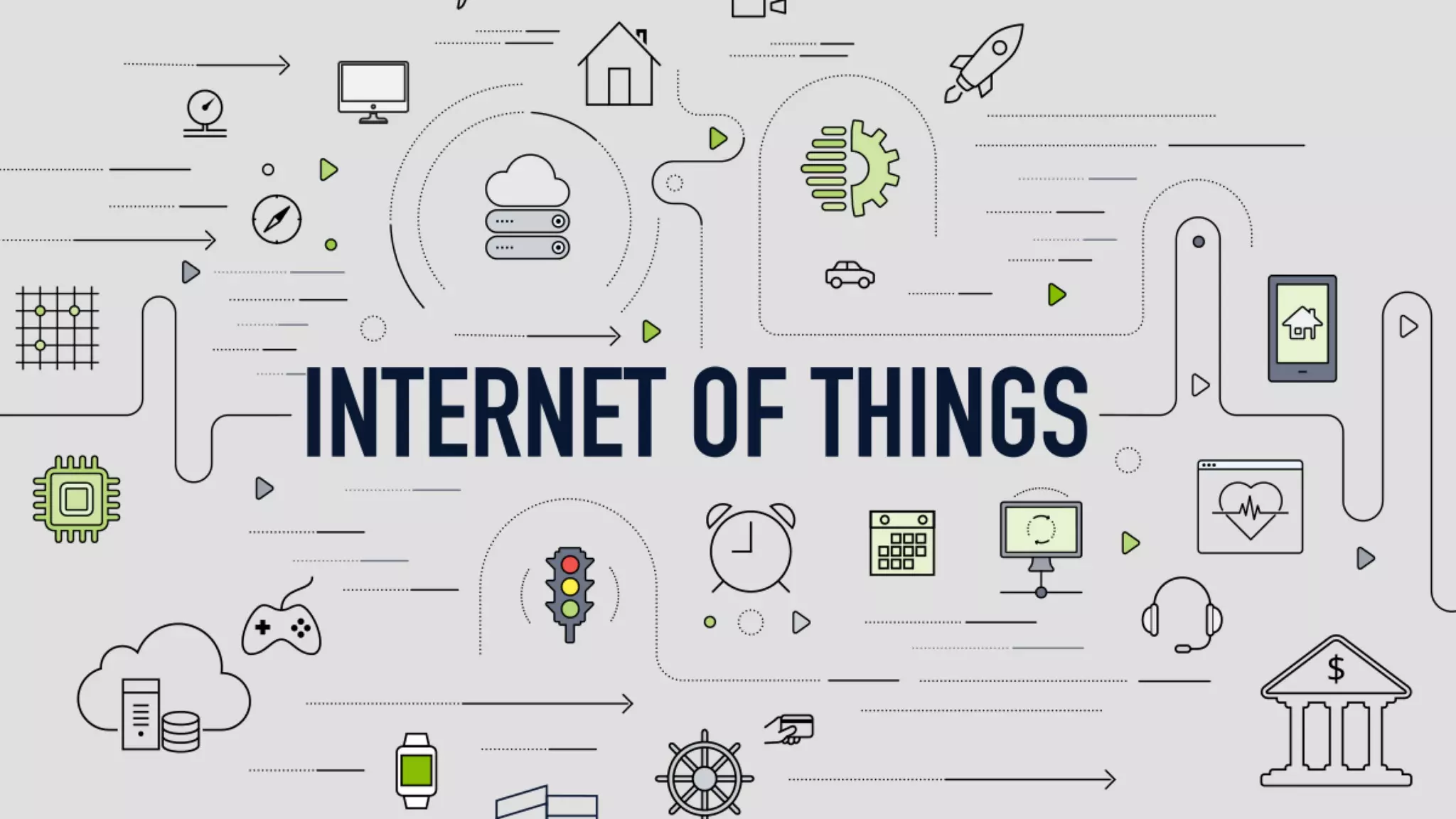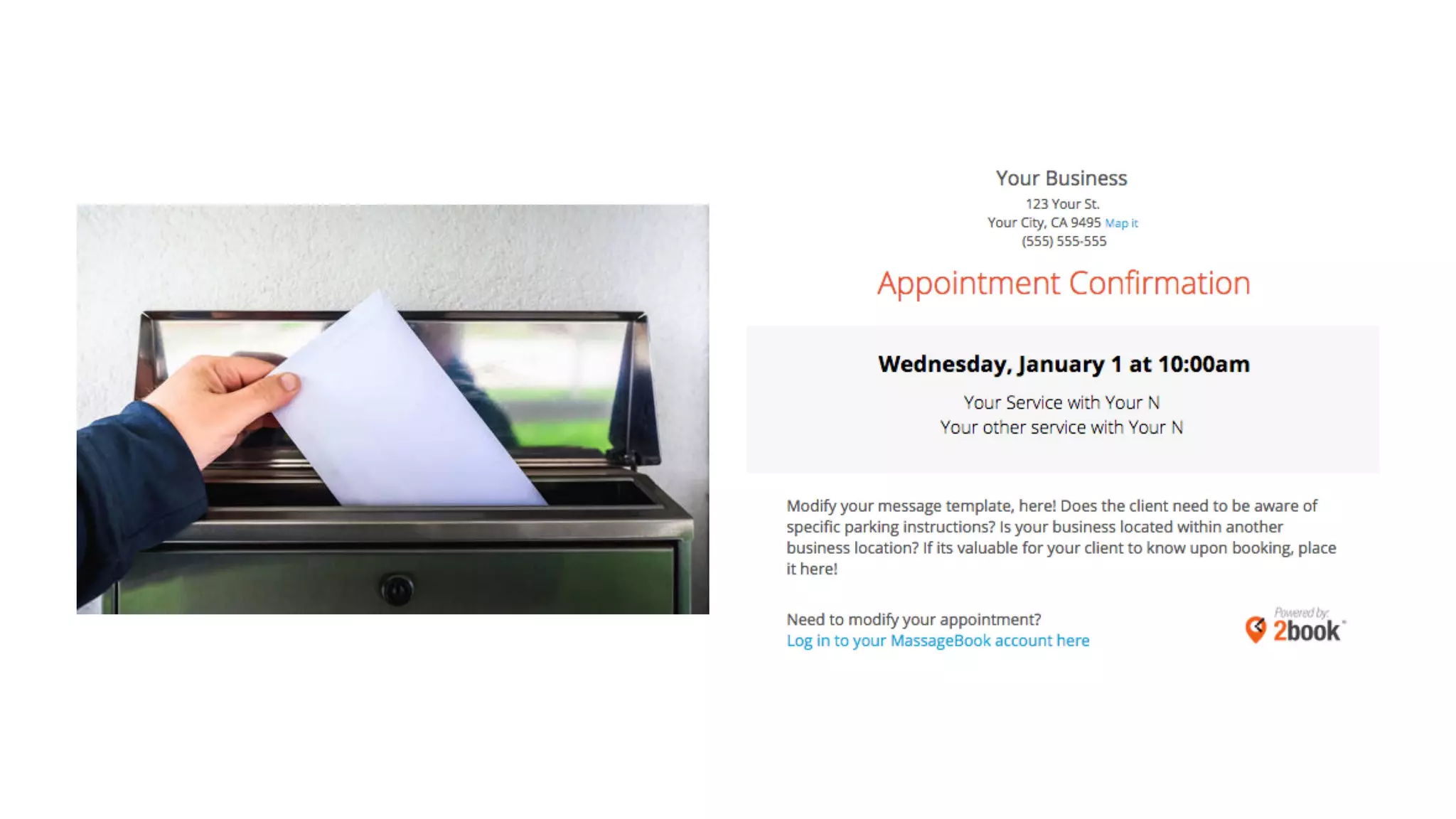The document outlines the agenda and discussions from the HXD 2019 leadership roundtable moderated by various experts, focusing on enhancing health behavior change through design and innovation. Key topics include behavioral economics, the COM-B model of behavior change, and self-determination theory, as well as strategies for customer-centered design in health organizations. It emphasizes collaboration, community engagement, and the importance of building connections within the health innovation ecosystem.

